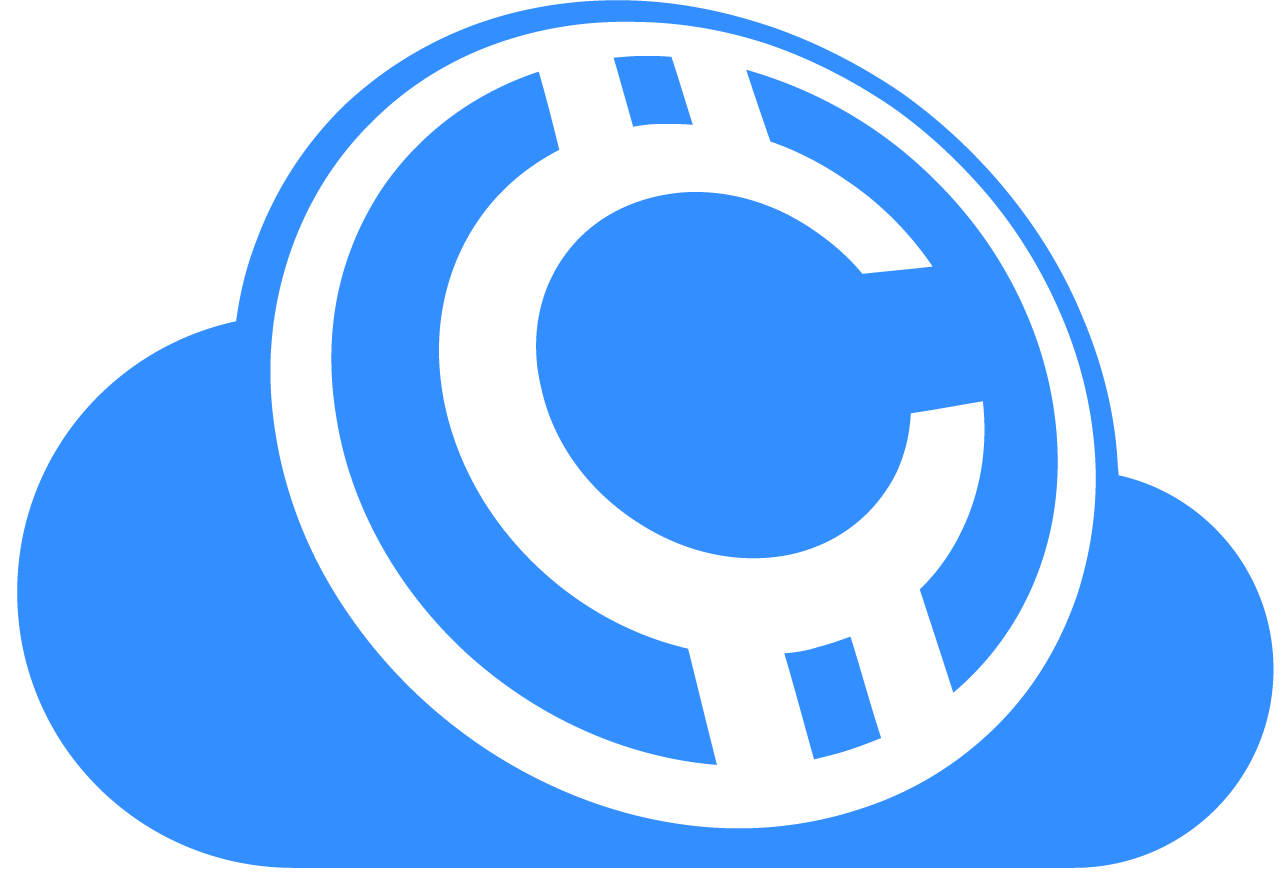RAIDA Protocol Overview
The fundamental technology behind CloudCoin's authentication and verification system.
What is RAIDA?
RAIDA (Redundant Array of Independent Detection Agents) is the underlying technology that powers CloudCoin. Unlike blockchain technologies, RAIDA uses a network of authentication servers to verify the authenticity of digital currency through a multi-path authentication system.
The RAIDA protocol provides a decentralized, fast, and reliable method for verifying digital currency without relying on a public ledger or central authority. It is designed for real-time transactions with high security and privacy features.
Real-Time Verification
RAIDA enables sub-second authentication of CloudCoins, allowing for near-instant transactions without the delays associated with blockchain confirmations.
Enhanced Privacy
The RAIDA protocol doesn't rely on a public ledger, ensuring transaction details remain private and eliminating the traceability issues found in blockchain systems.
Distributed Architecture
The network consists of 25 independent RAIDA servers distributed globally, each containing its own authentication data and operating autonomously.
Quantum-Safe
The authentication mechanism used by RAIDA is resistant to quantum computing attacks due to its unique approach to digital identity verification.
RAIDA Network Architecture
The RAIDA network consists of 25 independent cloud servers distributed globally. Each server operates autonomously and contains its own copy of the authentication data.
Key Features of the RAIDA Protocol
- Multi-path Authentication: CloudCoins are authenticated by multiple servers simultaneously, ensuring high availability and fault tolerance.
- No Central Authority: No single entity controls the RAIDA network, making it resilient against attacks and providing decentralized verification.
- No Public Ledger: Transaction details are not permanently recorded, providing greater privacy compared to blockchain technologies.
- Quantum-Safe Security: The authentication mechanism is resistant to quantum computing attacks due to its unique approach to digital identity.
- Sub-Second Transactions: Authentication typically completes in less than one second, allowing for real-time digital currency transactions.
- Self-Healing Mechanism: The protocol includes methods to recover and fix coins that may become "fracked" due to network issues.
RAIDA Authentication Flow
The RAIDA authentication process involves a multi-step protocol that ensures secure and reliable verification of CloudCoins. Below is a diagram illustrating the authentication flow:
Authentication Flow Diagram
Majority Consensus Approach
For a CloudCoin to be considered valid, a majority of RAIDA servers (at least 13 out of 25) must authenticate it. This majority consensus approach provides fault tolerance in case some servers are offline or compromised. If a coin fails authentication on some servers but passes on the majority, it is considered "fracked" and can be repaired through the fix mechanism.
RAIDA vs. Blockchain
RAIDA offers several advantages over traditional blockchain technologies for digital currency implementations:
| Feature | RAIDA | Blockchain |
|---|---|---|
| Transaction Speed | Sub-second verification | Minutes to hours (depending on network) |
| Privacy | No public ledger, transactions not recorded | Public ledger reveals transaction history |
| Energy Consumption | Low energy usage | High energy consumption (especially PoW) |
| Scalability | Highly scalable with consistent speed | Limited by block size and confirmation times |
| Quantum Resistance | Inherently quantum-resistant | Many implementations vulnerable to quantum attacks |
RAIDA Protocol Categories
The RAIDA protocol is organized into several functional categories, each serving specific purposes in the CloudCoin ecosystem:
Authentication Services
Core protocols for verifying the authenticity of CloudCoins, including detect, multi-detect, and authentication services.
Healing Services
Protocols designed to repair fracked CloudCoins and recover coins that have failed authentication on some RAIDA servers.
Status Services
Utility functions for checking the health and status of RAIDA servers, including echo, version, and health checks.
Banking & Treasury
Advanced protocols for managing CloudCoin transactions, deposits, and institutional implementations.
Locker Services
Services for securely storing and transferring CloudCoins between users or applications.
Exchange Services
Protocols enabling the exchange of CloudCoins with other cryptocurrencies or digital assets.
Implementation Considerations
When implementing the RAIDA protocol in your applications, keep these best practices in mind:
Performance Optimization
- Parallel Requests: Always execute requests to multiple RAIDA servers in parallel for optimal performance.
- Timeout Management: Implement appropriate timeout handling for RAIDA requests (recommended: 5-10 seconds).
- Caching: Cache server status information to avoid unnecessary health checks.
- Batch Processing: Use multi-detect and multi-fix for batch operations to reduce network overhead.
Fault Tolerance
- Server Ranking: Maintain performance metrics for each RAIDA server and prioritize more reliable ones.
- Automatic Recovery: Implement automatic healing procedures for fracked coins.
- Majority Consensus: Remember that at least 13 out of 25 servers must authenticate a coin for it to be valid.
- Fallback Mechanisms: Design applications to function properly even if some RAIDA servers are unavailable.
Developer Resources
For detailed implementation guidelines, refer to the protocol-specific documentation in the sidebar. Each protocol page includes request formats, response parameters, and code examples in multiple languages.
